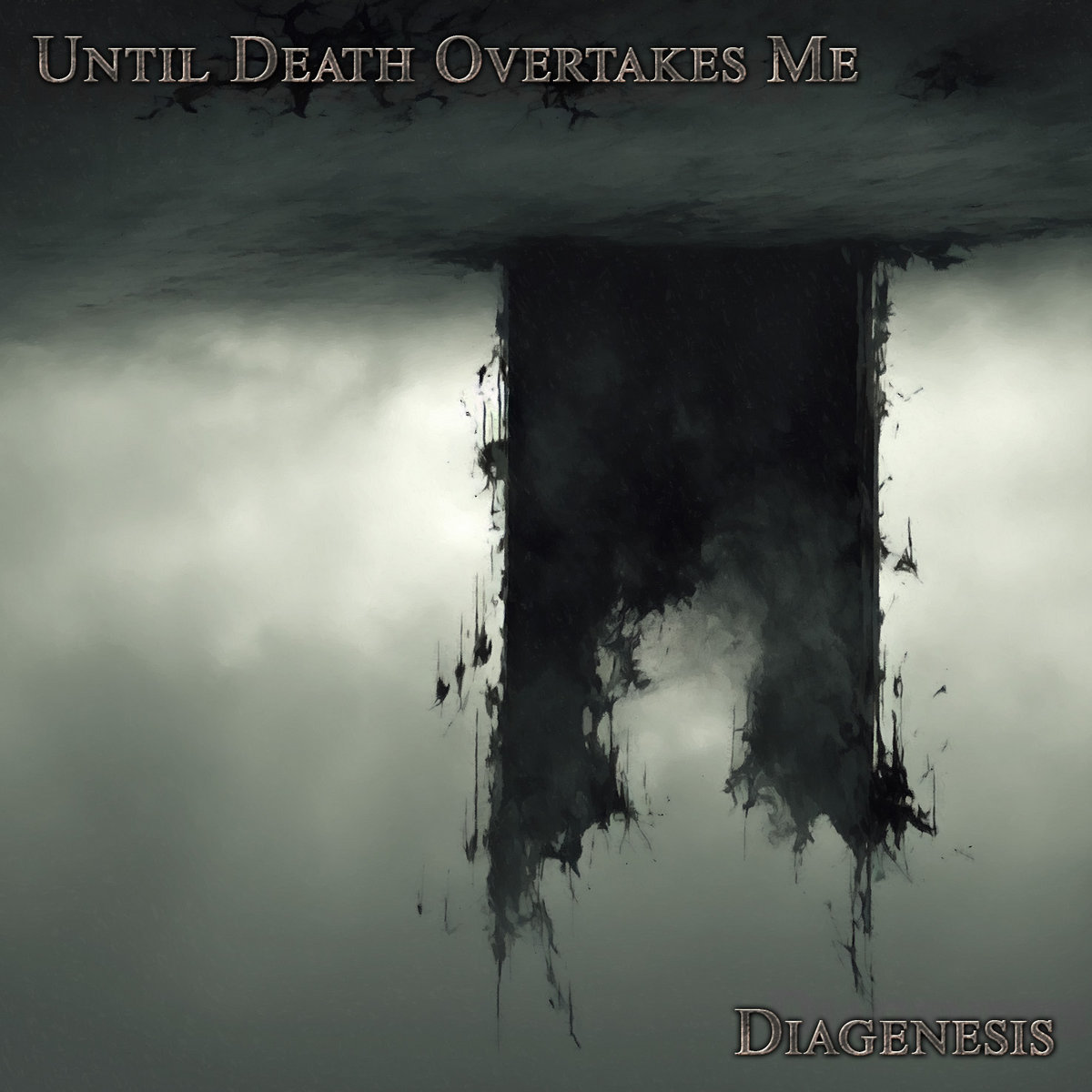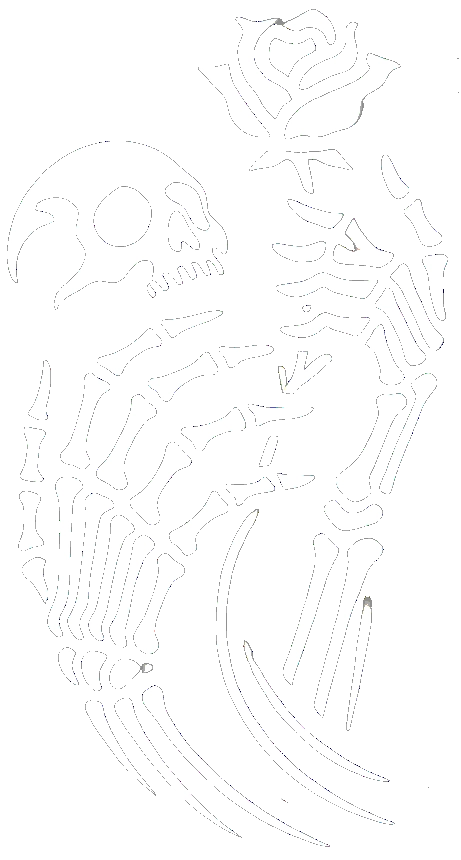At the beginning of December 2024, Until Death Overtakes Me released their long-awaited and carefully crafted new album. A piece of work matured since 2009 by a seasoned craftsman. Diagenesis, as the fitting title suggests, refers to the geological process of sediment solidification and the subsequent transformation of the resulting sedimentary rocks under relatively low pressure and temperatures until their eventual erosion. The title is particularly appropriate for an album that took fifteen years to mature, delves into prolonged mourning and nonexistence, and employs gliding ambient funeral doom to do so. Over time, everything assumes a form—perhaps not final, but at least consistent and potentially stable. Van Cauter’s contemplative music, created through ritualized craftsmanship and combined with subjective sonic experimentation, underwent an unexpectedly long maturation process here. His overall body of work fluctuates between mechanical tonal experiments and daily craftsmanship. His more recent works often evoke surreal automatism (écriture automatique) transferred into funeral doom—a routine creation process where magic, or rather art, emerges without thought, questioning, or planning. The art of spontaneity draws as directly from the subconscious as the proponents of art brut propagated in musique brut: spontaneous, unreflective, and largely unmanipulated. Van Cauter does not go that far; his work involves manipulation, arrangement, and composition. But the idea is there, and as with automatism and musique brut, moments of significant creation and resonant artistry flash through Van Cauter’s works. However, this time it’s a counterpoint: an album that matured, solidified, and was then eroded and released—by none other than one of the three major labels of extreme doom, Aesthetic Death.
Diagenesis in the Body of Work
The question remains whether this album is more or less worthwhile compared to the flood of his other musical creations—whether it is a masterpiece or merely good. And where it fits within the span of time that has passed. If Van Cauter, as he states, has been working on this album since 2009, it seems that much of his “more recent” work has influenced its development. His ambient funeral doom has grown more lush over the last nine years than it was before his musical hiatus. Synthesizers have always been an important instrument, but with Antemortem, they became more dominant in the overall sound. The guitar, previously central with its sustain-heavy and grimly droning distortion, ceded more space to the synth soundscapes, and the distorted drone lost its rough edge. The drifting, repetitive riff waves blended in. The once occasional beats of the bass drum, which ominously divided the music, were replaced by less heavy tom-tom hits in a funeral march, providing a trace of structure to the pieces. The growls, which previously rolled over and through the music, became more integrated into the overall sound. Until Death Overtakes Me has become milder, although this shift occurred years ago. The rough rawness was shed with Antemortem, and Diagenesis clearly connects musically and thematically with the albums Antemortem and Missing.
The Music
The four approximately fifteen-minute tracks are, as usual, oriented toward atmosphere and a contemplative monotony. Diagenesis is melancholic, stoic ambient music with guitar riffs and growls. The album consistently uses the contrast between synth tracks that range from neoclassical to dungeon synth and the skeletal metal elements of growls and rolling riff waves to provide grounding. Rhythm is merely a faint presence of tom-tom beats. Guitar playing consists of isolated strums in simple, endlessly repetitive riffs. Any use of a lead guitar is entirely absent. The remnants of melodies are presented via the keyboard—organ in Ascension, strings in End’s Lure. In White Light, strings and organ are juxtaposed. In For, UDOM employs the sci-fi sound familiar from his project Arcane Voidsplitter. And that’s enough. The organ pushes forward with a sacred tone, the strings carry a sense of grandeur, and the sci-fi sounds feel dreamy and infinite.
The Theme
Diagenesis, like Antemortem and Missing, explores death and mourning. If death is seen as inevitable but not as the end for either the deceased or the bereaved, what, Van Cauter asks in Diagenesis, happens on the other side of this boundary between the living and the dead? Diagenesis adopts this perspective and—true to its title—works through the endlessness of time. Ascension begins on the side of the deceased, reflecting the recognition and acceptance of their own death. In End’s Lure, this entity expresses the desire or realization that all suffering will be forgotten in eternity, while in White Light, entropy remains the final place of longing for the shadowy individual. “Loss is nothing but transformation,” Marcus Aurelius once said. Van Cauter gives this thought patient expression in the best tradition of Stoicism. Thus, Diagenesis becomes a counterpart to David Lowery’s tragic tale of endless love and memory, A Ghost Story. Like Lowery’s film, UDOM portrays with Diagenesis the overwhelming nihilism of a lonely eternity, devoid of contact with life, as a romantic depiction of the human search for meaning and what remains when we are no longer here.
Conclusion
With Diagenesis, Van Cauter qualitatively aligns with his albums from 2017/18. The music possesses a deep and enduring charm. The album’s power showcases all the strengths Van Cauter has demonstrated in his music since 2017. This album, too, drifts as sluggishly as tectonic plates, shifting from one form to the next—ever deeper into endlessness. From the sacred organ sounds of recognizing one’s death to the spacey tones of traveling through time and space, Van Cauter skillfully celebrates his strengths: slow playing, atmospheric ambient soundscapes, and quiet, stoic mourning. Certainly, not much happens on Diagenesis. But what does happen conveys contemplative calm and gentle sorrow—a small masterpiece.

